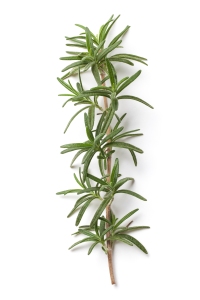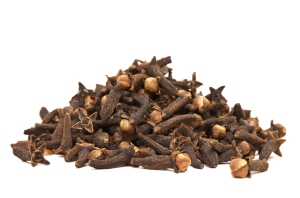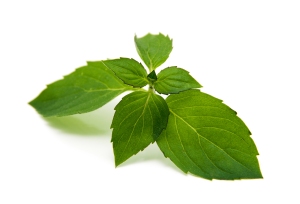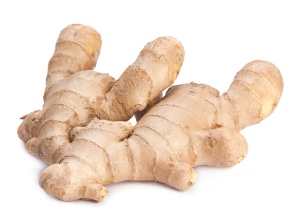 Rosemary (Rosmarinus officinalis)
Rosemary (Rosmarinus officinalis)
Rosemary is a plant that is used for cooking and flavoring but it also has amazing therapeutic properties that make it a popular therapeutic herb. The rosemary plant is native to the Mediterranean; it has long leaves with dark green color on top and pale green on lower portion of the leaves. The leaves are very aromatic along with the flowers and this is because these parts contain significant amounts of volatile oils.
Rosemary is primarily known as a treatment for muscle pain. Rosemary oil is extracted from the leaves and flowers of the plant and is known to reduce pain, inflammation, swelling and joint stiffness. The reason for rosemary’s effectiveness is possibly due to numerous natural compounds. Rosemary contains biologically-active compounds such as antioxidants, rosmarinic acid, carnosic acid, caffeic acid, ursolic acid, betulinic acid, rosmanol and camphor.
Rosemary oil is commonly included in joint and muscle pain preparations along with other essential oils. It is applied locally on the affected or painful area to reduce swelling, stiffness, pain and other signs of inflammation.
And because of the active ingredients that rosemary has, it is also effective in the relief of other health conditions like hair loss or alopecia, reducing blood pressure levels, improving cardiovascular health, improving nerve function and is known to improve memory. Rosemary oil and supplements is also known to increase the flow of menstruation, increase urine flow, as a treatment for indigestion and other health conditions.
For the treatment of muscle pain and joint pain, the best way to use rosemary is to choose products that have rosemary oil as ingredients just like creams, ointments, liniments and so on. It is also available as herbal teas, in dried and powdered form in capsules as supplements. It may also be in liquid extracts and in tincture form.
References:
Retrieved from https://umm.edu/health/medical/altmed/herb/rosemary
Rosemary – Wikipedia, the free encyclopedia. (n.d.). Retrieved May 22, 2014, from http://en.wikipedia.org/wiki/Rosemary










